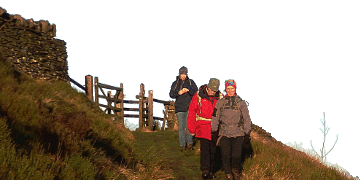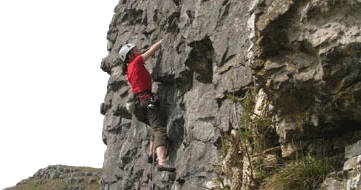Hut Heating and Ventilation
Guide to TP Dormitories Heat & Vent
For a start, it’s more Vent than Heat.
The project was inspired by condensation running down walls, 98% humidity in the dorms, and ‘warmer out than in’.
We have installed a basic system that will raise the standard of the dorms to a level passable for a large 4-season climbing hut (but with no luxury) and will do it quietly and economically.
TP is not your routine shop or office building, so getting the system set up exactly as we want it is going to take a year.
We have a very robust, quiet, flexible system which we can adjust to provide a good balance between operating costs and comfort - but that will take time and a lot of measurements. During this time we will also take decisions about the amount of insulation etc it is appropriate to install.
The system is designed so that in a couple of year’s time we can add an air-to-air heat-pump if we wish, to increase comfort or cut running costs or both.
Meanwhile…….
The system runs continuously to keep the dorms dry – it will only stop running if the mains fails or the fire alarm sounds.
It draws air through filters from the main loft, pre-heats it slightly in cold weather, and distributes it to the four dorms.
There is a thermostat in the Members Dorm. This thermostat is adjustable only by the project team, and is primarily to reduce running costs in warm weather.
The air flow is set to meet UK and US standards for the ventilation of dormitories with 4 people sleeping in them. This same flow rate and heating will be adequate to keep the unoccupied dorms relatively dry.
Our thick stone walls will act as a thermal store, stabilising in a few weeks time a few degrees warmer than they have been previous years. This will help to stop condensation and will make the dorms feel warmer in winter than if we were relying on air temperature alone.
There is a green button near the CO detector in the kitchen which can be pressed to bring the air flow up to the standard for 8 people in each dorm. Pressing this button increases the ventilation for 12 hours.
It needs to be pressed each night that TP is well-occupied.
The green light above the button confirms that the ventilation is on boost.
Pressing the button only increases the air flow rate. It does not increase the temperature – in fact it will drop it slightly, and increase air-movement noise. There is no ‘cancel’ button.
In hot weather, it may be useful to press the button even when TP is lightly occupied.
Pressing the button repeatedly does no harm – the system simply runs on boost for 12 hours after it was last pressed.
John Castick, Roger Dyke. 24/12/2015










